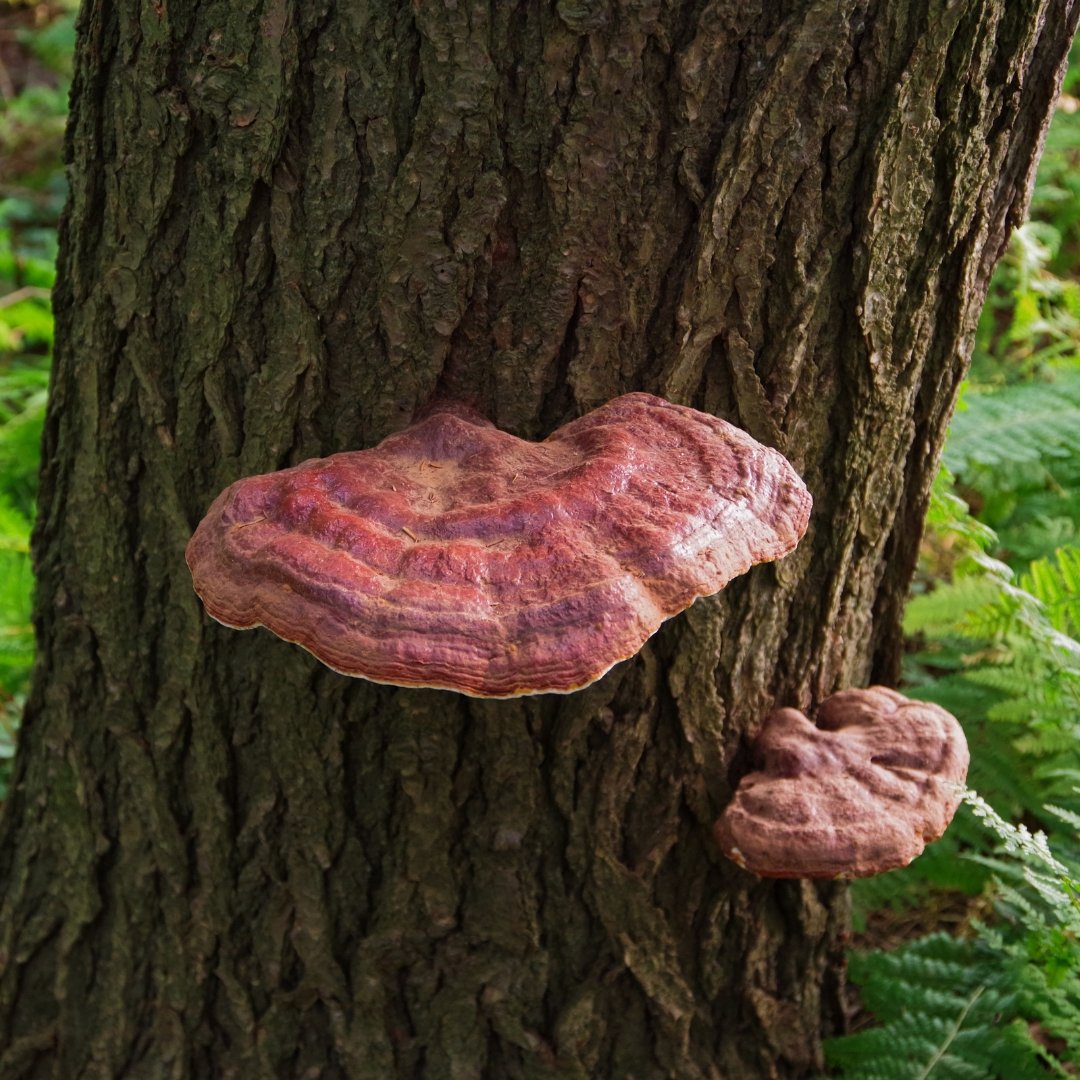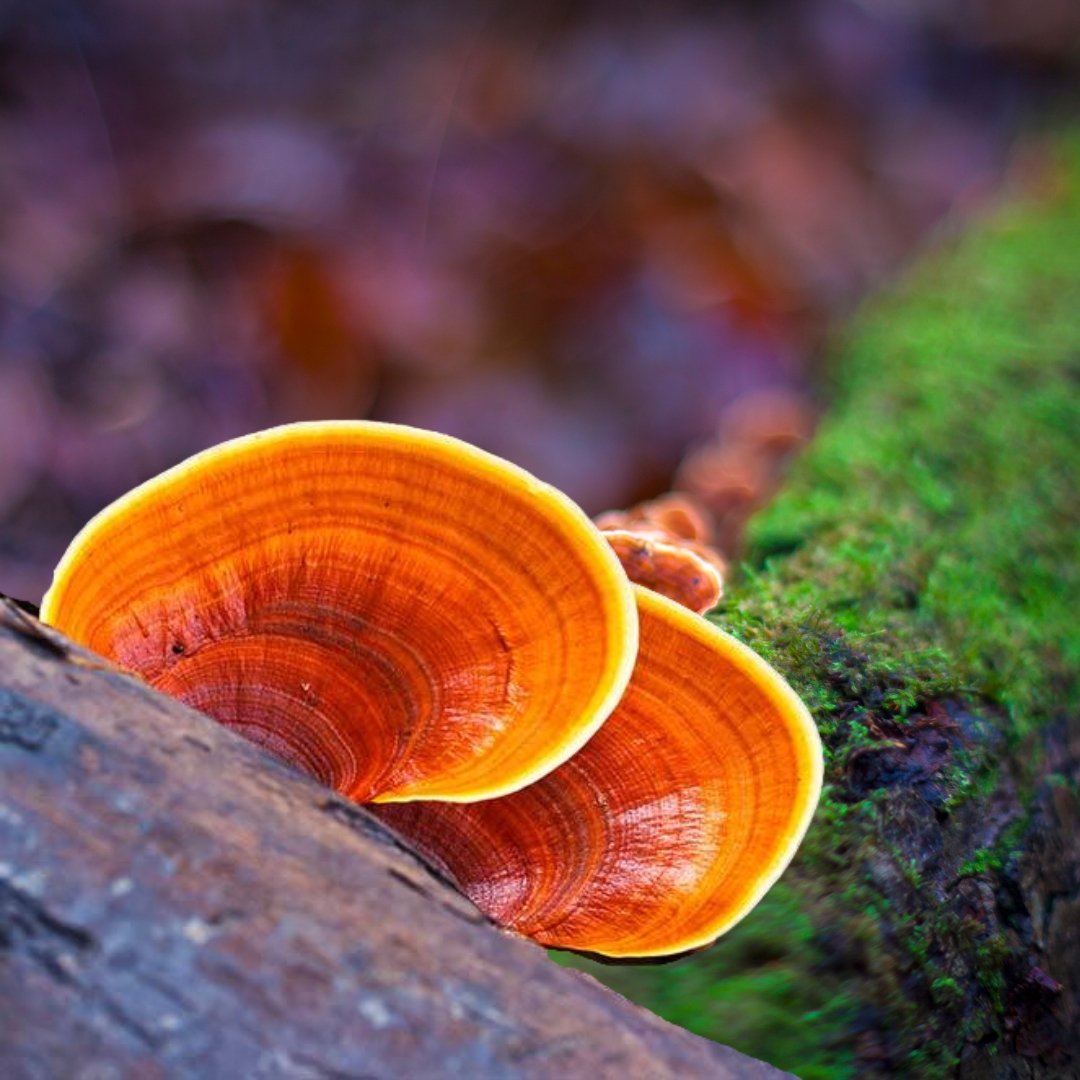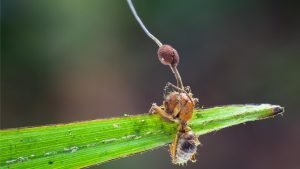Our journey today takes us deep into the world of Red Reishi, often known as the “Immortal Mushroom.” Renowned in Eastern medicine for its medicinal properties, Red Reishi’s history, health benefits, and cultivation techniques offer a compelling exploration into mycological wonders.
A Historical Perspective of Red Reishi:
Red Reishi, scientifically known as Ganoderma Lucidum, traces its roots back thousands of years in Eastern medicine, especially in China, Japan, and Korea. Referred to as “Lingzhi” in Chinese, this “Mushroom of Immortality” was often reserved for royalty, illustrating its highly prized status. Its traditional uses encompass treating a variety of ailments, from respiratory conditions to liver problems, and it was consumed for overall wellness and longevity.

The Power within Red Reishi:
What makes the Red Reishi a potent medicinal mushroom lies within its robust composition. It contains a vast array of bioactive compounds, each contributing to its unique therapeutic qualities.
Polysaccharides, particularly beta-glucans, are one of its primary active compounds. These complex carbohydrates possess powerful immune-modulating properties, which stimulate the body’s natural defenses against diseases.
Triterpenes form another significant part of Red Reishi’s bioactive profile. They’ve been linked to a host of health benefits, including anti-inflammatory, anti-tumor, and liver-protective effects.
Moreover, the mushroom is rich in antioxidants that protect cells from damage by neutralizing harmful free radicals. This antioxidant action further bolsters Red Reishi’s health-enhancing attributes.

Medicinal Applications of Red Reishi:
Red Reishi’s rich blend of bioactive compounds has opened a multitude of possibilities for its use in health and wellness. Researchers have linked this mushroom to several potential benefits.
Firstly, its immune-modulating capacity has sparked interest in its role in supporting immune health. By stimulating immune responses, Red Reishi can help fortify the body’s defenses, making it a potentially useful adjunct in immune support regimens.
Additionally, the anti-inflammatory and antioxidant effects of Red Reishi may offer cardiovascular benefits. Research suggests it could help regulate blood pressure and cholesterol levels and inhibit atherosclerosis, although more evidence is needed.
Another exciting area of research is in cancer treatment, where the mushroom’s triterpenes may inhibit tumor growth. Though preliminary, these findings indicate a promising direction for further study.
The universe of mushrooms is expansive, each variant bearing its own unique charm and characteristics. The Marketplace on the 🍄 Mushroom Network is a testament to this diversity. It is a haven for those seeking a deeper understanding of the magical world of mushrooms. If you’re keen on learning more about this type of mushroom and other mushroom variants, this Marketplace is your ultimate resource.
No posts found!
Cultivating Red Reishi:
Cultivating Red Reishi requires specific environmental conditions, often replicating its natural habitat. This mushroom typically grows on decaying hardwood trees in humid regions. Hence, growers often use a substrate mix that includes hardwood sawdust, supplemented with wheat bran or other nutrients.
Keeping the growing environment at a high humidity level and a consistent temperature, generally around 75 to 85 degrees Fahrenheit, is critical. Also, the Reishi growth cycle includes a period of exposure to fresh air and light, triggering the development of the mushroom’s characteristic fruiting body.
For enthusiasts keen on growing their own Red Reishi, many mycology supply companies offer ready-made growth kits that simplify the process. However, patience is key, as it takes several weeks to months for the mushroom to fully develop.
Not sure where to start? The 🍄 Mushroom Academy offers a wide range of courses tailored to your needs. Whether you’re a beginner eager to learn or an experienced mycologist looking to broaden your knowledge, the 🍄 Academy has something for everyone.

Into the Reishi Realm: A Journey’s End:
As we conclude our exploration into Red Reishi, it’s evident why this mushroom holds such a revered place in traditional medicine. Its health-boosting properties and captivating cultivation process weave a fascinating tale of nature’s profound abilities. While science continues to uncover the depth of its benefits, Red Reishi remains a symbol of longevity and wellness, perpetuating its legacy as the Immortal Mushroom.
Don’t forget to check out the 🍄 Mushroom Network’s Marketplace to see what’s available. But hurry, our shelves are constantly evolving, and you wouldn’t want to miss out on this wonderful mushroom. Join our growing network of Patrons, Genetics, and Mycologist Vendors only on the 🍄 Mushroom Network!
Recommended Reads:
Isolating Cultures in Mycology: A Comprehensive Guide
Mushrooms, being fungi, have a complex and fascinating biology that presents many opportunities for scientific...
Read More...Zombie-Ant Fungus & Beyond: Nature’s Creepiest Fungi
About This Article: Feeling controlled by life? At least you’re not an ant controlled by...
Read More...Red Reishi (Ganoderma Lucidum)
Welcome to the illustrious world of fungi, where each mushroom carries its own unique story...
Read More...Mycelial Mindset: Embracing Connectivity and Community
About This Article: Journey into the magical world of Mycelial Mindset, where humans and fungi...
Read More...Whoa there, Spore Sport! 🍄 Looks like you’re not logged in yet. Don’t you know what you’re missing? MYCO-CREDITS! Imagine all the fungal fun you could have. It’s like finding a Morel in May and not picking it. Tragic, right? Log In or Become a Myco-Patron and start racking up those credits. It’s more rewarding than finding a mushroom in your backyard! 🌟🏡









